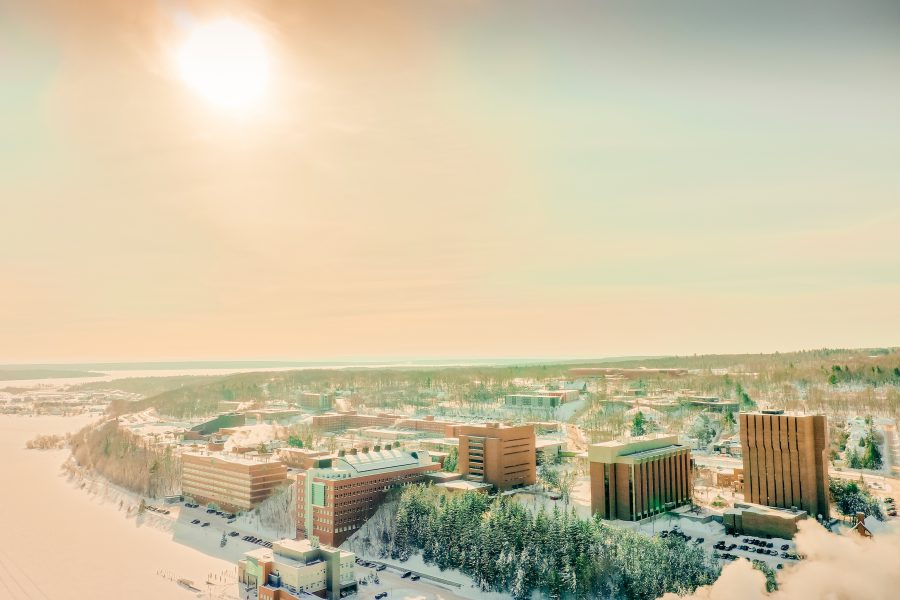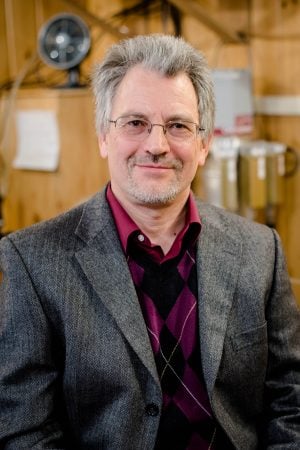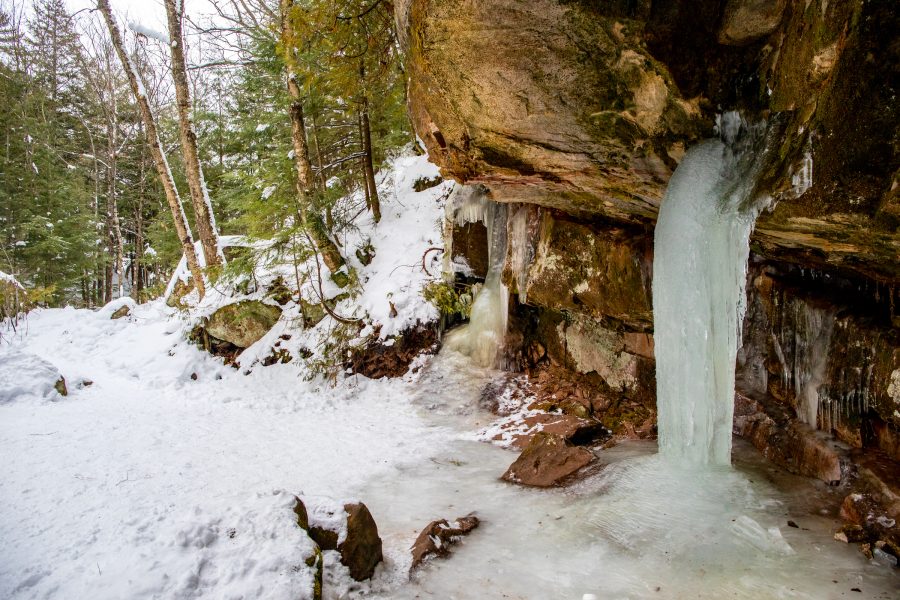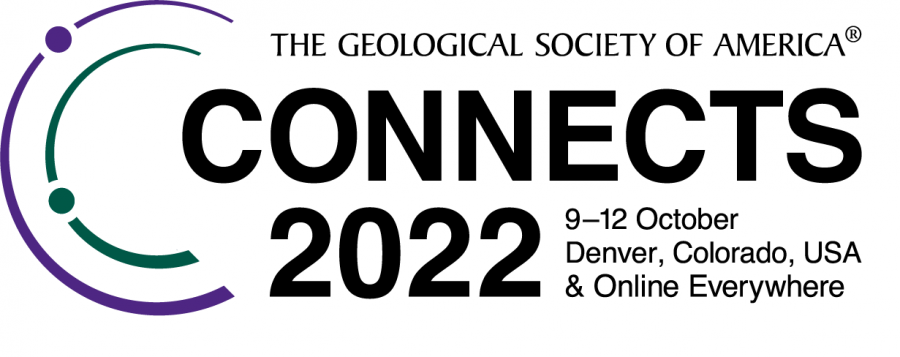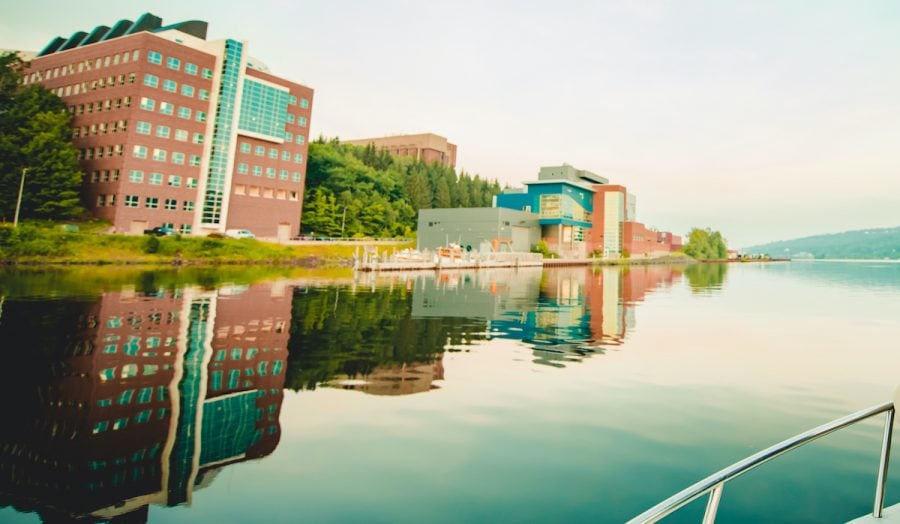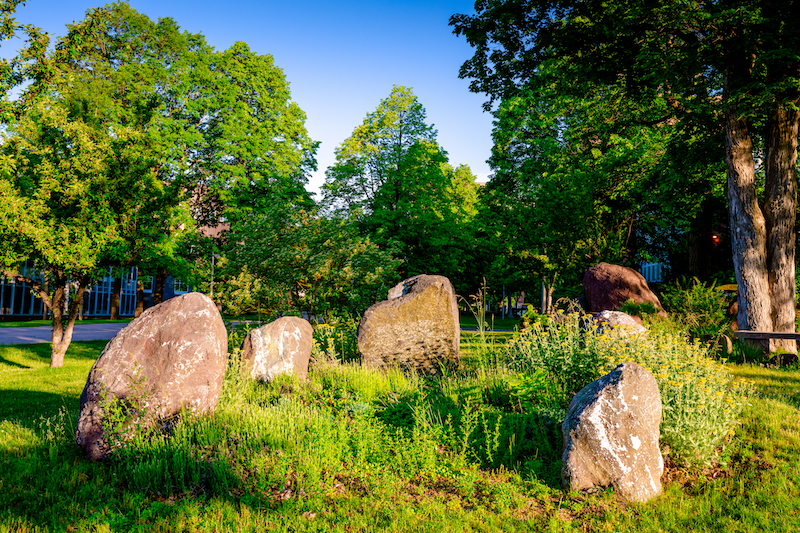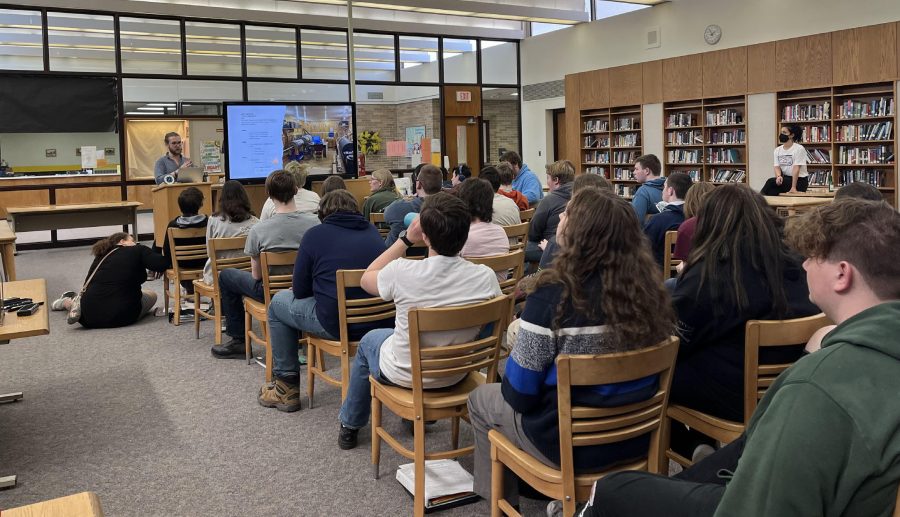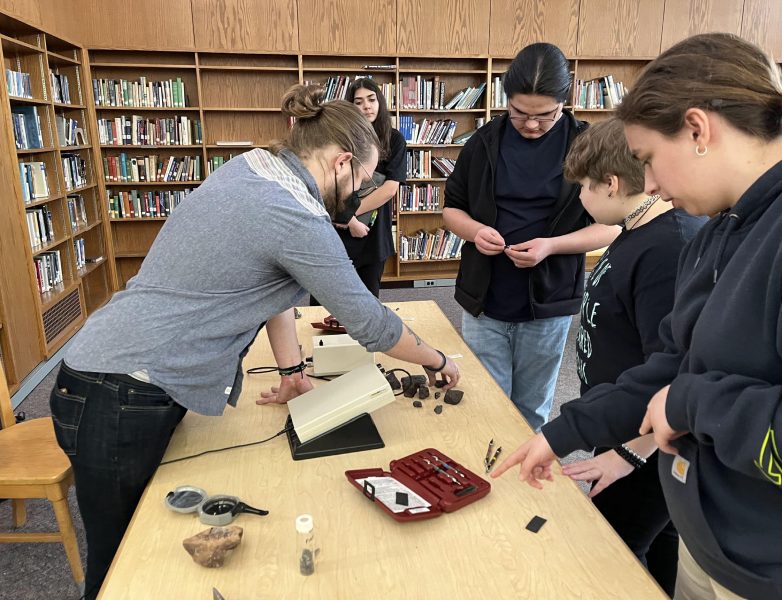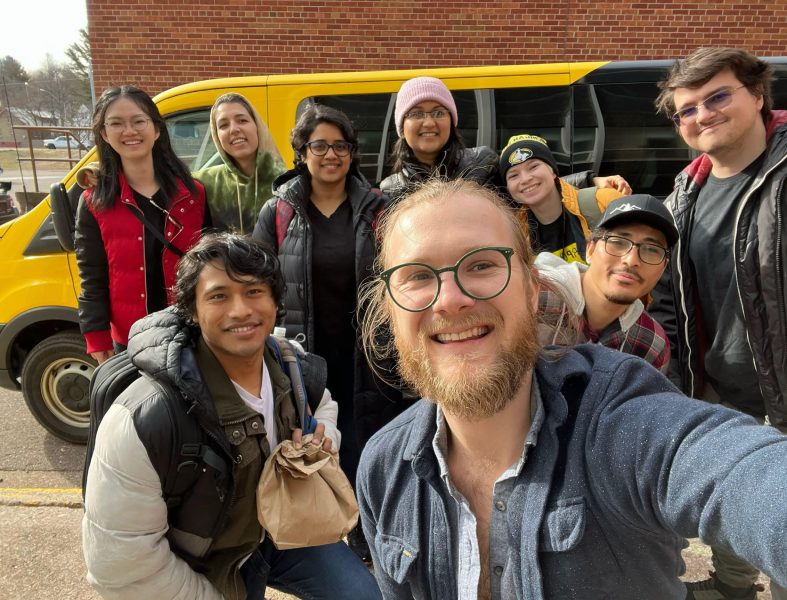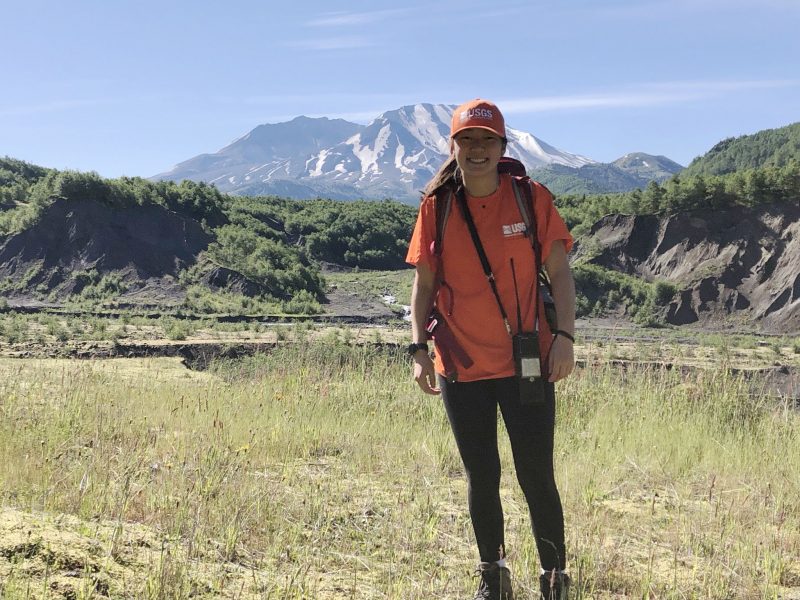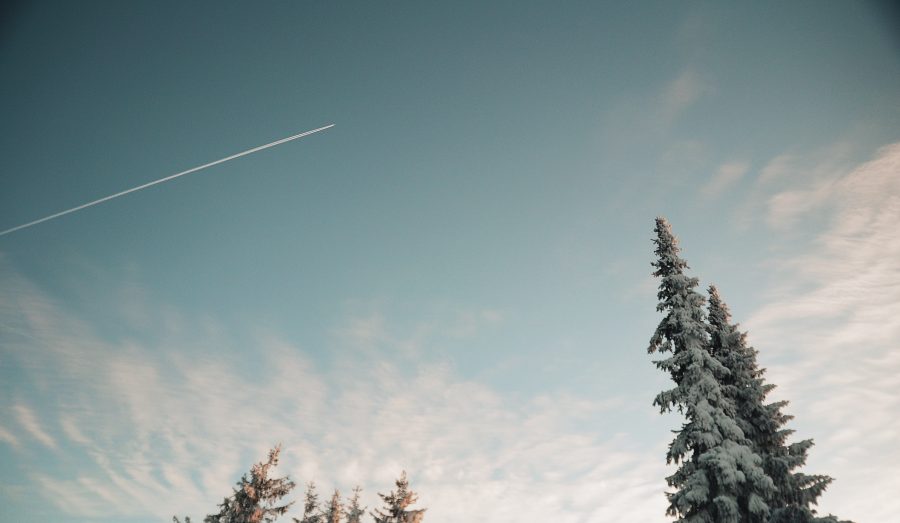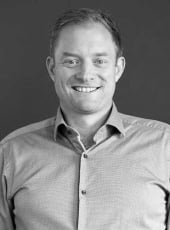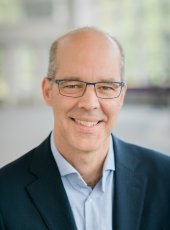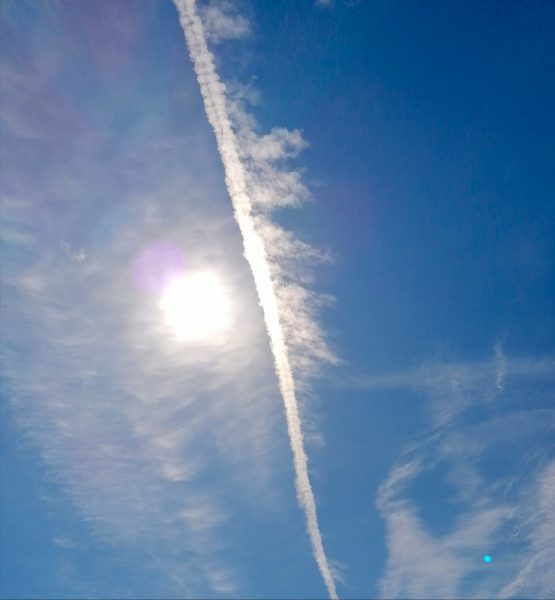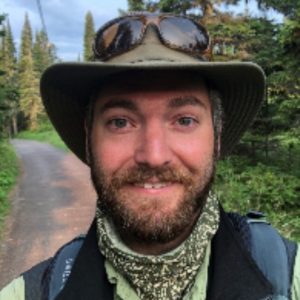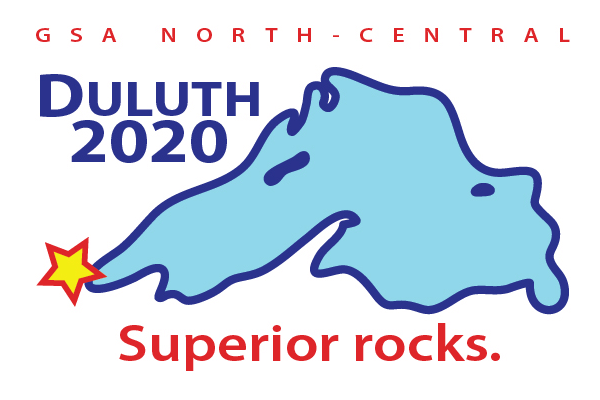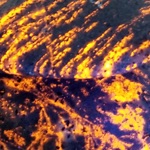Dear Friends, Colleagues, and Alumni,
Greetings from the Department of Geological and Mining Engineering and Sciences at Michigan Tech! I hope that this newsletter finds you well and in good spirits.
The second half of the year 2022 has brought our Department new challenges, but also achievements and successes.
First and foremost, I am proud to report that, after some hiatus, we inducted eight (!) new members to our Academy of Geological and Mining Engineers and Scientists. I hope you will join me in congratulating David Adler ‘82, Daniel Farrell ’60, Mary Herrmann-Foley ’83, Terre Lane ’82, Julie (Varichak) Marinucci ’02, Richard Saccany ’71, Brian Schwanitz ’77, and Todd Stone ’85! The Induction Ceremony, held on October 14, was a success and well-attended. In particular, we were happy to see the current academy members Catherine Aimone-Martin, Suzanne Beske-Diehl and Jimmy Diehl, William Brice, Karl Burgher, Gerald Carlson, Richard Gray, Catherine Dummer McRae, and Bill Rose. The festivities continued the next day with a Director’s Tour of the Mineral Museum and apple pressing at Professor John Gierke’s farm. Everyone had a good time. I would like to praise Brittany Buschell, our Department Coordinator, whose diligent work was instrumental in the success of this event. I intend to preserve the biennial cycle of the Academy from now on.
The success of our department is ultimately measured by the success of our students, and it is no secret that we’ve been blessed with more than our fair share of capable, dedicated, enthusiastic individuals who’ve been very successful in their classes and professional development. Just to give you a small sampling of these successes—our student chapter of the American Institute of Professional Geologists won the nationwide Student Chapter of the Year Award, not just one time, but three times in a row! Our mining engineering senior, Jake Maxon won the highly prestigious national Lord Bagri Scholarship Award from the Copper Club. It’s the second time in a row the award goes to our students.
In addition, our geology majors, Elliz McClelland and Samuel Johnson received the DeCleene Memorial Scholarship awarded by the Copper Country Rock and Mineral Club (CCRMC). Our graduate students get awards, too. For example, Beth Bartel was awarded the Outstanding Teaching Assistant Award from the National Association of Geoscience Teachers (NAGT) and the prestigious Smithsonian Institute Fellowship. Beth was also featured in the book, Quake Chasers: 15 Women Rocking Earthquake Science—check it out!
Increasing undergraduate and graduate enrollment to full capacity is one challenge that remains. We have been active in our recruitment efforts. We recently developed an articulation agreement with the Northwestern Michigan College (NMC) for our Geology and Applied Geophysics programs. We plan to complete similar agreements for our Geological Engineering and Mining Engineering degree programs soon. I am especially grateful to Luke Bowman, research professor and recruitment director, for his meticulous and efficient work in developing these initiatives. So far we have been able to withstand national enrollment trends, even slightly increasing our numbers this year. But much more remains to be done.
We are dedicated to providing students with the greatest possible opportunity to succeed—something we can only do with the best faculty, staff, equipment, facilities, and scholarship opportunities. Your generosity makes our goal of providing truly excellent undergraduate and graduate experiences a reality, as we educate the scientists and engineers of the future, while still meeting the needs of today’s employers.
We especially need your help to support incoming and current students. This can be done in a variety of ways: funding undergraduate scholarships and graduate fellowships; helping us to incorporate modern instrumentation and software in the classroom and field; developing new opportunities for the professional development of our students; and extending our efforts to offer a cutting-edge, quantitative, digital-age curriculum. You can find more information here, or contact me via email, at asmirnov@mtu.edu.
On behalf of all of our students, faculty, and staff, I want to express our deepest gratitude to those of you who have provided support to our department, by sharing your experience and expertise, providing professional opportunities to our students, or offering monetary and logistical support. As always, we welcome all new ideas and inquiries, so please don’t hesitate to get in touch.
Alumni and friends are always welcome in person, too! Feel free to stop by the department office (room 630) on the 6th floor of the Dow Building whenever you are in Houghton. We would be very pleased to meet with you and arrange a tour of the teaching and research laboratories during your visit. Meanwhile, I invite you to stay connected to the department via Instagram, Facebook, Twitter, and our website.
Wishing you a happy and healthy holiday season!
Aleksey Smirnov
Professor and Chair
Department of Geological and Mining Engineering and Sciences
